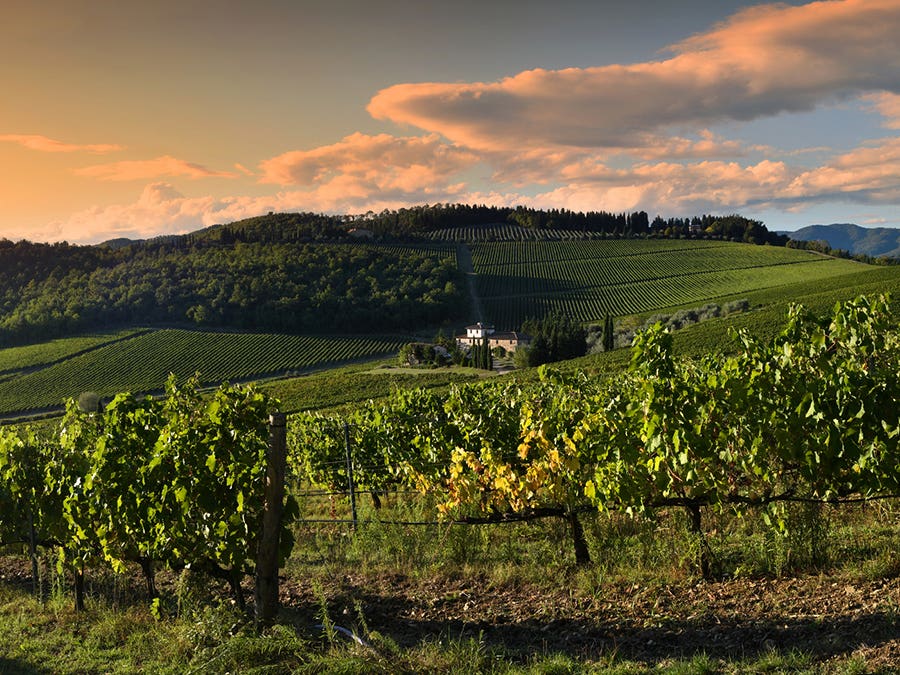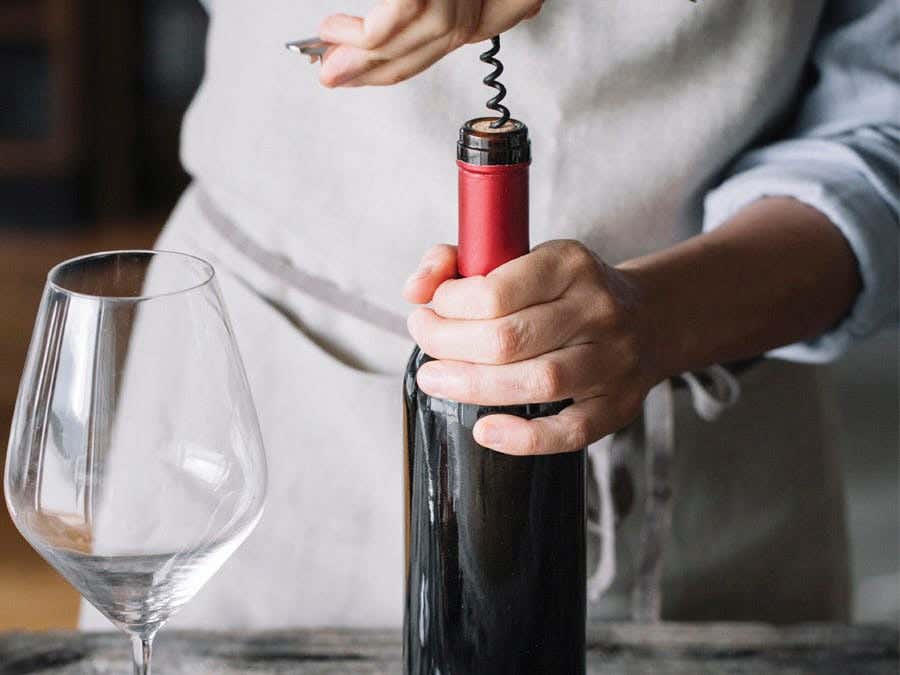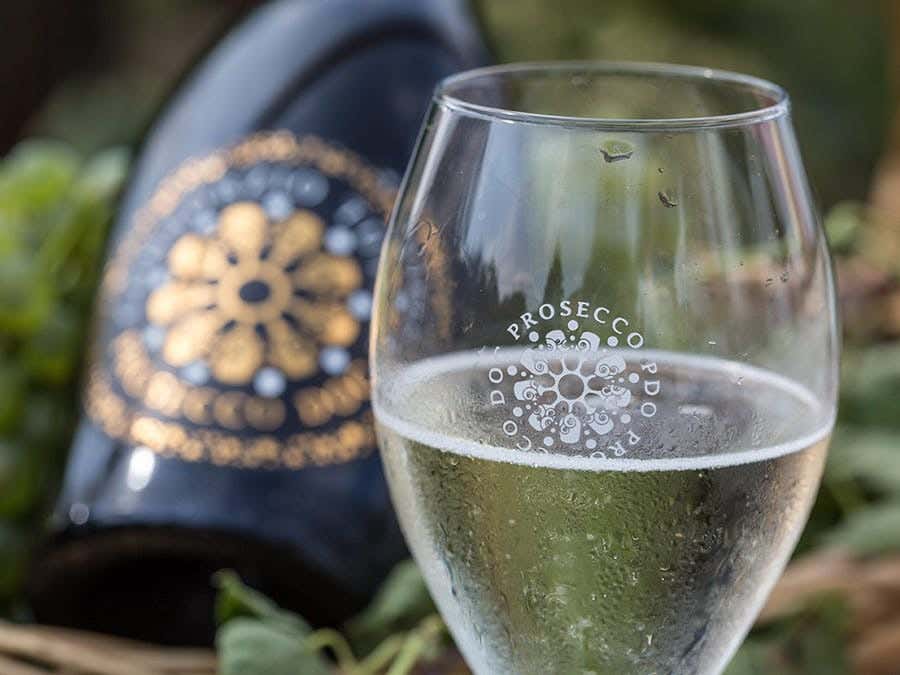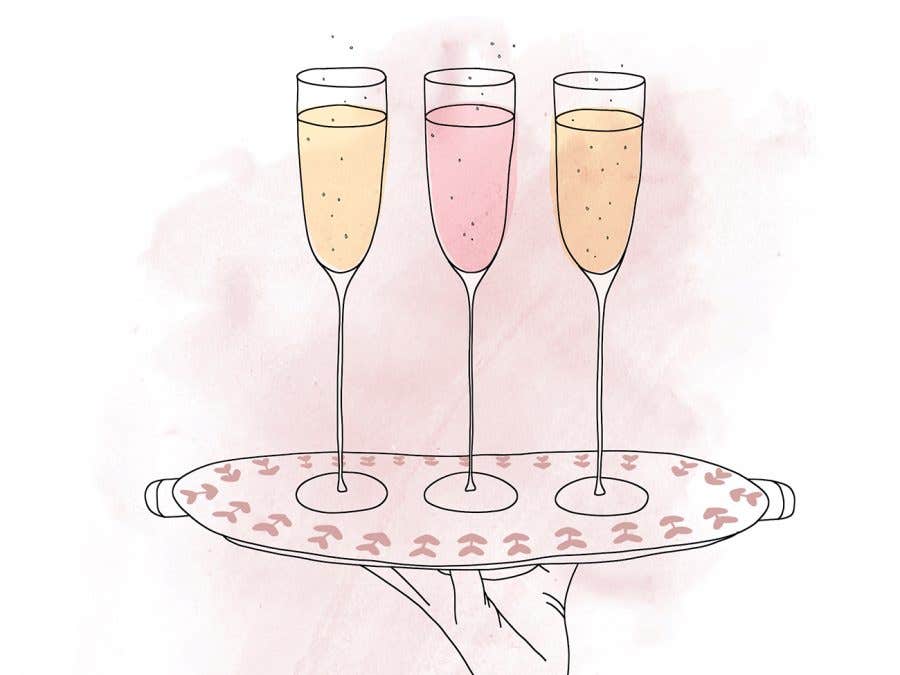Ambition and quality
Very few Italian regions have transformed into high-quality wine producers quite like the Chianti region has; in addition to its famous straw-covered bottles came the emergence of well-structured wines with great aging potential.
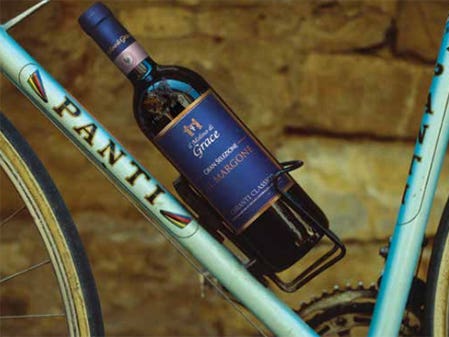

«Gran Selezione»
In 2011, Consorzio del Vino Chianti Classico, the organization that oversees production of the most important and well-known Chianti sub-appellations, began working on creating a new premium wine distinction, the Gran Selezione: vintages held to particularly strict standards. The laws regulating this wine classification were adopted in 2014.
Attention, these are some serious wines!
To be deserving of the Chianti Classico Gran Selezione name, a wine must be made using grapes harvested from the winery’s own vineyards—under no circumstances may grapes be purchased from other vineyards. Wine must then be aged for a minimum of 30 months, a portion of which is completed in bottles. Lastly, wine must meet minimum requirements in regards to acidity, alcohol level, concentration and sensory criteria (dry, balanced, long finish).
The best is yet to come
Because of their long aging process, the first Gran Selezione vintages are just starting to hit the market. Wine Spectator’s Bruce Sanderson says this new appellation will be top quality and possess “guaranteed authenticity”. He goes on to explain that some of the most prestigious wineries are very serious when it comes to this vintage. What’s next? The time has come to discover these wines, and to determine the number of years they need to spend in the cellar.
Related posts
-
Read more
SAQ shelves are lined with more than 300 wines and spirits produced abroad and bottled here, a process that has a positive impact on the environment and workforce in the province.
-
Read more
In recent years, Prosecco DOC (Denominazione Di Origine Controllata) sales have dizzying new heights. Read on to learn more about the accessible bubbles adored the world over.
-
Read more
Bubbly’s rising popularity has resulted in a wide variety of bottles to choose from. Here’s a handy guide to finding the one that’s right for you!
 Access to SAQ Inspire personalized services and store inventories are unavailable at the moment.
Access to SAQ Inspire personalized services and store inventories are unavailable at the moment. Free in-store delivery with purchases of $75+ in an estimated 3 to 5 business days.
Free in-store delivery with purchases of $75+ in an estimated 3 to 5 business days. 
